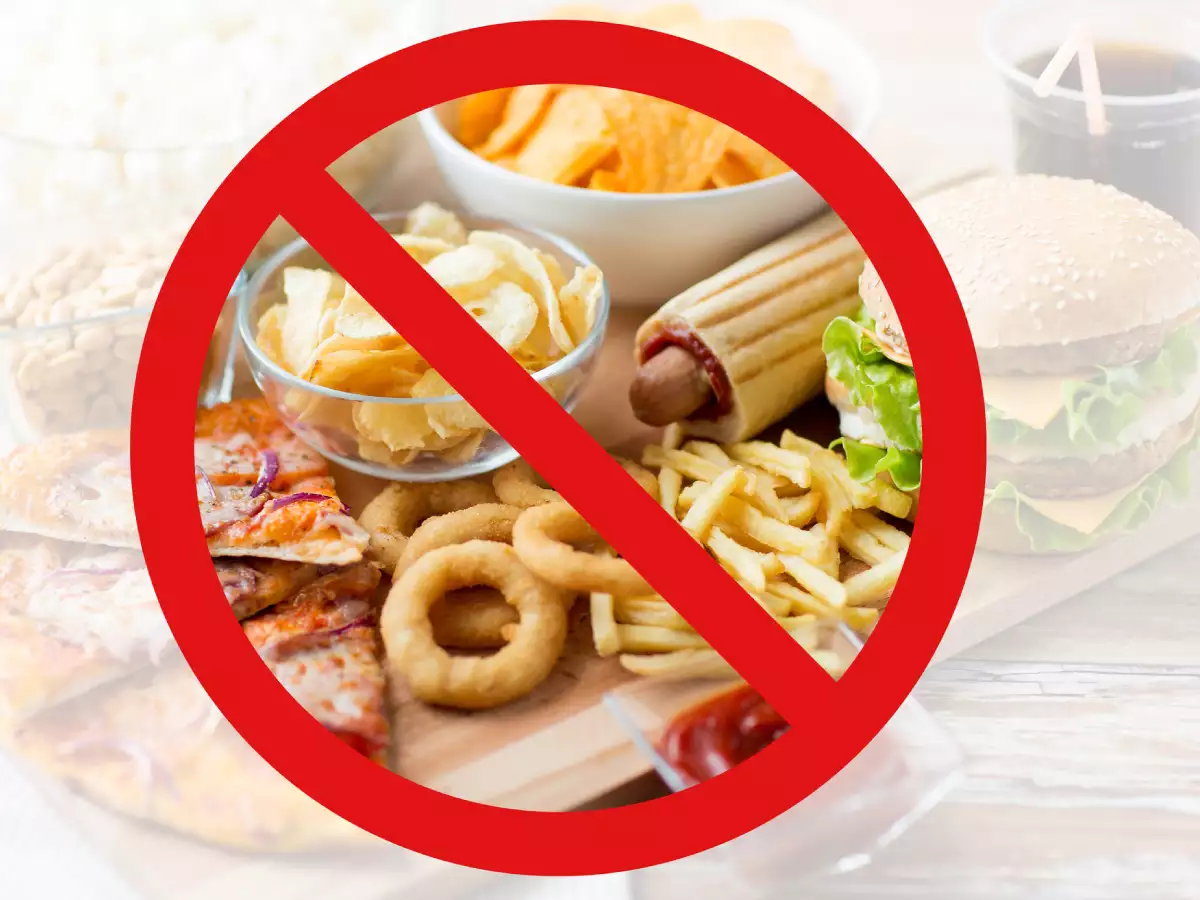Shrimp Mozambique
Ingredients:
- 2 lbs large shrimp, peeled and deveined
- 2 tbsp olive oil




In the bustling streets of urban centers worldwide, the sight and smell of fast food permeate the air, beckoning busy individuals with promises of quick and easy meals. However, beyond the allure of convenience lies a stark reality: the harmful effects of consuming street fast food on both individual health and broader societal well-being.
At the forefront of concern is the nutritional content of street fast food offerings. Often high in calories, saturated fats, and sodium, these meals prioritize taste and affordability over nutritional value, contributing to a myriad of health problems. Regular consumption of such fare is linked to obesity, a pervasive issue with far-reaching consequences for public health. From heart disease and diabetes to hypertension and metabolic disorders, the toll on individuals’ well-being is significant and enduring.
Compounding this concern is the lack of stringent hygiene standards in the production and preparation of street fast food. With limited oversight and regulation, vendors may inadvertently or deliberately compromise food safety, increasing the risk of contamination by harmful pathogens. Instances of foodborne illnesses, ranging from mild gastrointestinal discomfort to severe infections, are not uncommon, posing acute threats to consumers’ health.
Environmental concerns further compound the issue. Street fast food is often packaged in single-use containers and wrappers, contributing to the proliferation of plastic waste and environmental degradation. From littered streets to polluted waterways, the repercussions of this disposable culture extend far beyond individual health, impacting ecosystems and communities alike.
Addressing the harmful effects of street fast food necessitates a comprehensive approach that addresses both individual behavior and systemic factors. Education campaigns promoting healthy eating habits, stricter enforcement of food safety regulations, and initiatives to increase access to affordable, nutritious options in underserved areas are essential components of any solution.
Additionally, fostering collaboration between policymakers, public health experts, urban planners, and community stakeholders is crucial for implementing sustainable change. By advocating for policies that prioritize public health and environmental sustainability, we can create healthier, more equitable food environments for all.
In conclusion, while street fast food offers convenience and affordability, its consumption exacts a heavy toll on both individual health and the broader community. By acknowledging the hidden costs of convenience and working towards systemic solutions, we can build a future where access to healthy, sustainable food is a fundamental right, not a luxury.